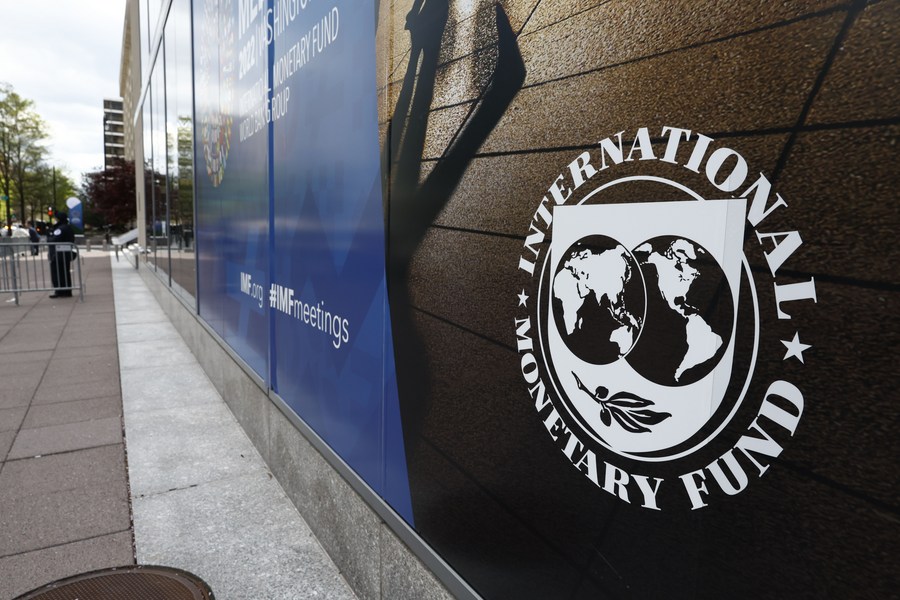Zimbabwe’s economy is showing strong signs of recovery and is expected to grow by more than 5 percent in the second half of 2025, according to new analysis. This growth is coming after a difficult 2024, when the country’s economy slowed down due to the El Nino weather pattern which badly affected agriculture.
Analysts from FBC Securities, a top stockbroking firm, say that several factors are now helping Zimbabwe’s economy to bounce back. These include a strong performance in the agricultural sector, major investments in infrastructure, and a general rise in investor confidence. All these are expected to push the country’s gross domestic product (GDP) above the 5 percent mark this year.
This projection is close to the Ministry of Finance and Economic Development’s own forecast of 6 percent growth for 2025. Last year, Zimbabwe’s economy only grew by 2 percent because agriculture — one of the key drivers of the economy — shrank by about 18 percent due to a long dry spell caused by El Nino.
A major factor behind the renewed confidence in the economy is the performance of the new local currency, the Zimbabwe Gold (ZiG). The ZiG was introduced in April 2024 and has so far remained relatively stable. FBC Securities said the currency’s resilience is due to tight monetary policies and strong foreign reserves that are backing it.
The Reserve Bank of Zimbabwe (RBZ) in its latest report also confirmed that inflation has stayed low in recent months. Monthly inflation has been around 0.5 percent since February, and the yearly inflation rate is expected to end the year between 25 and 30 percent — as long as there are no major shocks or black market problems.
According to FBC Securities, Zimbabwe’s progress in re-engaging with international lenders like the African Development Bank (AfDB) and the International Monetary Fund (IMF) is another positive sign. The country is trying to meet certain conditions known as “structural benchmarks” so it can access concessional loans. If successful, this move could help the country borrow money at low interest rates and reduce pressure on the local currency.
The IMF, which recently completed its Article IV consultation with Zimbabwe, also supported the government’s efforts to fix its debt issues and improve its chances of getting international loans in the future.
However, on the trade side, Zimbabwe may face a slightly bigger trade deficit in the second half of the year. This is because demand for imported goods is going up. But experts believe the country’s agricultural and mineral exports — especially gold — will help reduce the impact.
While big companies and exporters are enjoying better access to foreign currency through official banks, small and medium enterprises (SMEs) are still struggling. This gap in forex access remains a major concern for smaller businesses, many of which are important to the overall economy.
The government has also been careful with credit. It is maintaining a tight monetary policy to control inflation, meaning that loans in the ZiG currency are still hard to get. However, the RBZ has created a special Targeted Finance Facility to help businesses, especially those that need working capital.
Companies involved in infrastructure projects and those that earn money in US dollars are likely to continue benefiting from better funding. This has led to growing confidence in certain sectors of the economy, although not everyone is enjoying equal access to financial resources.
The IMF is not the only global organisation to praise Zimbabwe’s efforts. The World Bank also gave a positive report, noting that Zimbabwe has achieved some level of macroeconomic stability. It said this was mainly due to strict government policies, the introduction of the ZiG currency, and efforts to control inflation.
The World Bank agrees with the IMF’s prediction of 6 percent growth in 2025. It says the recovery is being driven by better weather conditions and higher international prices for gold and other minerals, which are boosting farming and mining operations across the country.
Zimbabwe’s road to recovery may not be easy, but the signs are promising. If the government continues with strict policies, supports small businesses, and attracts more investment, the country could be on a steady path to economic growth and stability.
